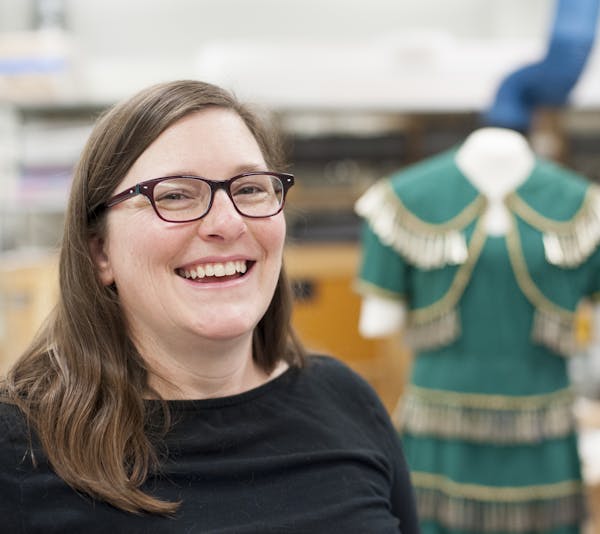As a girl, Jennifer Menken collected rocks and kept pet snakes. Her work at the Bell Museum of Natural History at the University of Minnesota is basically a more sophisticated version of those childhood enthusiasms.
Menken maintains the museum's Touch and See Discovery Room, where visitors can examine live creatures as well as the antlers and pelts of creatures that aren't alive. She feeds and cares for cockroaches, tarantulas, snakes, turtles, toads, fish, salamanders, geckoes. She also maintains the rocks, shells, skulls, fur and other pieces in "the dead zoo."
"When I was going to school I had visions of going out and being a field researcher, but I decided that wasn't for me," Menken said. "I love working with objects — they tell all these individual stories."
In many museums, new acquisitions might come from deep-pocketed collectors. At the Bell, they're often from someone calling in to offer roadkill.
"We'll take almost any bird. Freeze it, then give us a call," Menken said. Mammals are more problematic — the Bell doesn't want just any, they're harder to handle, and let's just say summer is "a really horrible time to pick up roadkill."
But when she gets a good specimen like a deer or wolf, Menken strips off the hide and flesh, then turns the remains over to a colony of carrion-eating beetles that consume whatever's still clinging to the skeleton.
She also helps develop new exhibits. One is called "Eyes on the Universe," about citizen scientists who helped astronomers comb through mountains of data.
"I love being able to do multiple things," said Menken, who has worked at the Bell for 25 years. "If I'm really sick of staring at the computer and writing a text label I can go downstairs and make sure the snakes are OK."

After 4 decades in music and major vocal surgery, Jon Bon Jovi is optimistic and still rocking
Rom-com author Emily Henry knows the secret to having a healthy relationship with love

